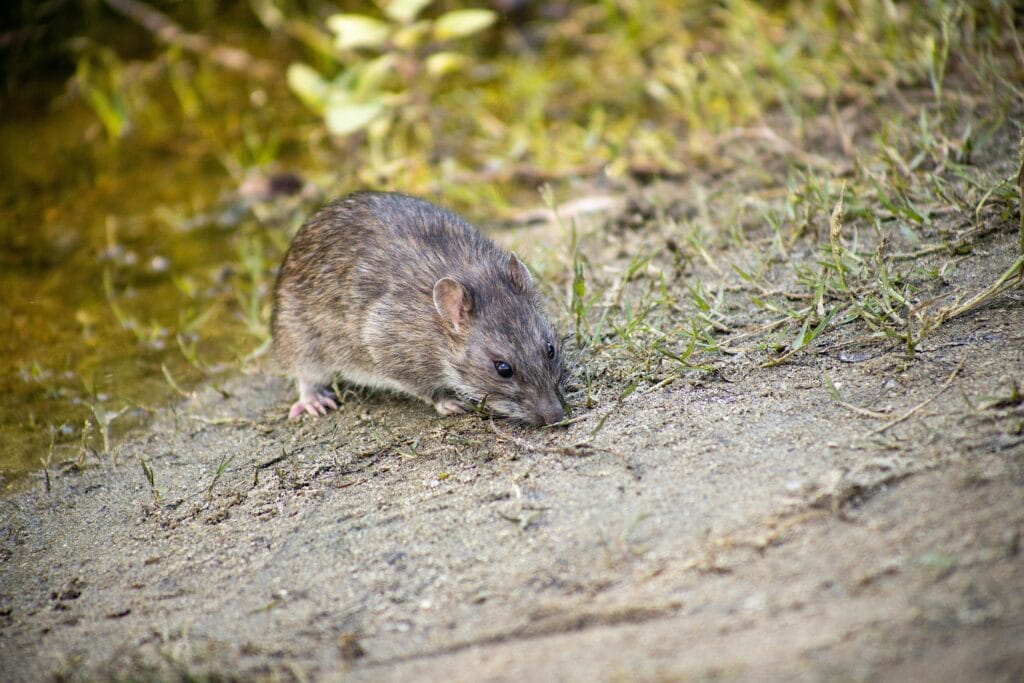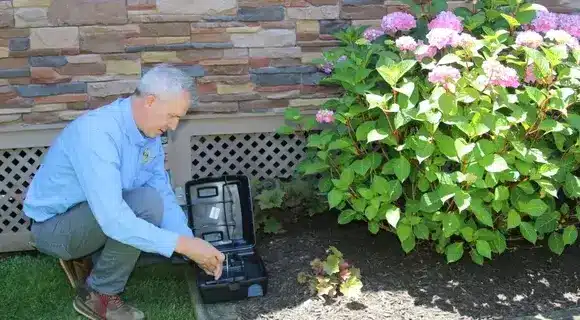


Rats reproduce quickly, with a single pair capable of producing hundreds of offspring in a year. Their ability to chew through wood, plastic, and even soft metals allows them to gain access to homes with ease. Rats are primarily nocturnal and will eat nearly anything, making them highly adaptable to different environments.
We follow a 4-step rodent protocol to ensure effective control:
Additional methods we use:
Look for droppings, gnaw marks on food packaging, scratching noises in walls or ceilings, and grease marks along walls where rats travel.
A single female rat can produce up to 12 litters per year, with each litter containing 6-12 pups. If left unchecked, an infestation can grow rapidly.
One-time services typically range between $250-$400, while ongoing prevention plans start at $39/month after an initial setup fee.
Exclusion can be part of a long-term control plan, but we focus on eliminating the infestation first to avoid trapping rodents inside walls.
If you're on a recurring plan, we provide free unlimited callbacks to retreat the issue until we achieve control.
While snap traps are used inside, bait stations are more effective for reducing populations outdoors before they enter your home. Rats are also neophobic (afraid of new things), so traps alone often take longer to be effective.


